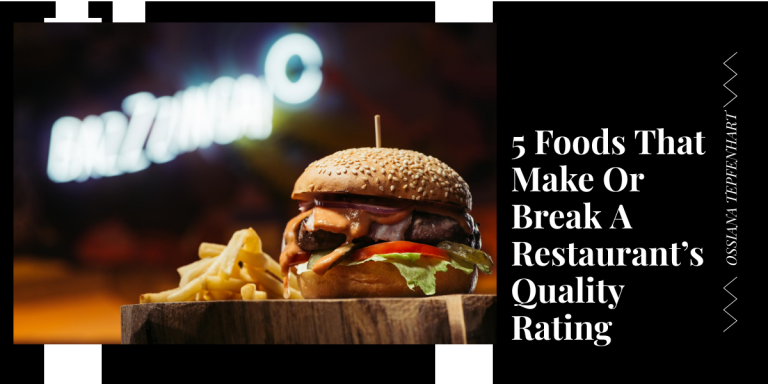
If there’s one thing I enjoy doing, it’s going to a restaurant and checking out some food. Of course, there are restaurants and then there are restaurants. How worthwhile a restaurant’s menu is in the eyes of a professional critic all depends on the quality of the food.
Most food critics I know have a couple of dishes they order when they’re critiquing a restaurant. These dishes are usually the ones they base their overall judgement on, primarily due to the difficulty or nuances they require in order to be done well. These below are some of the most popular platters for critics to examine closely…
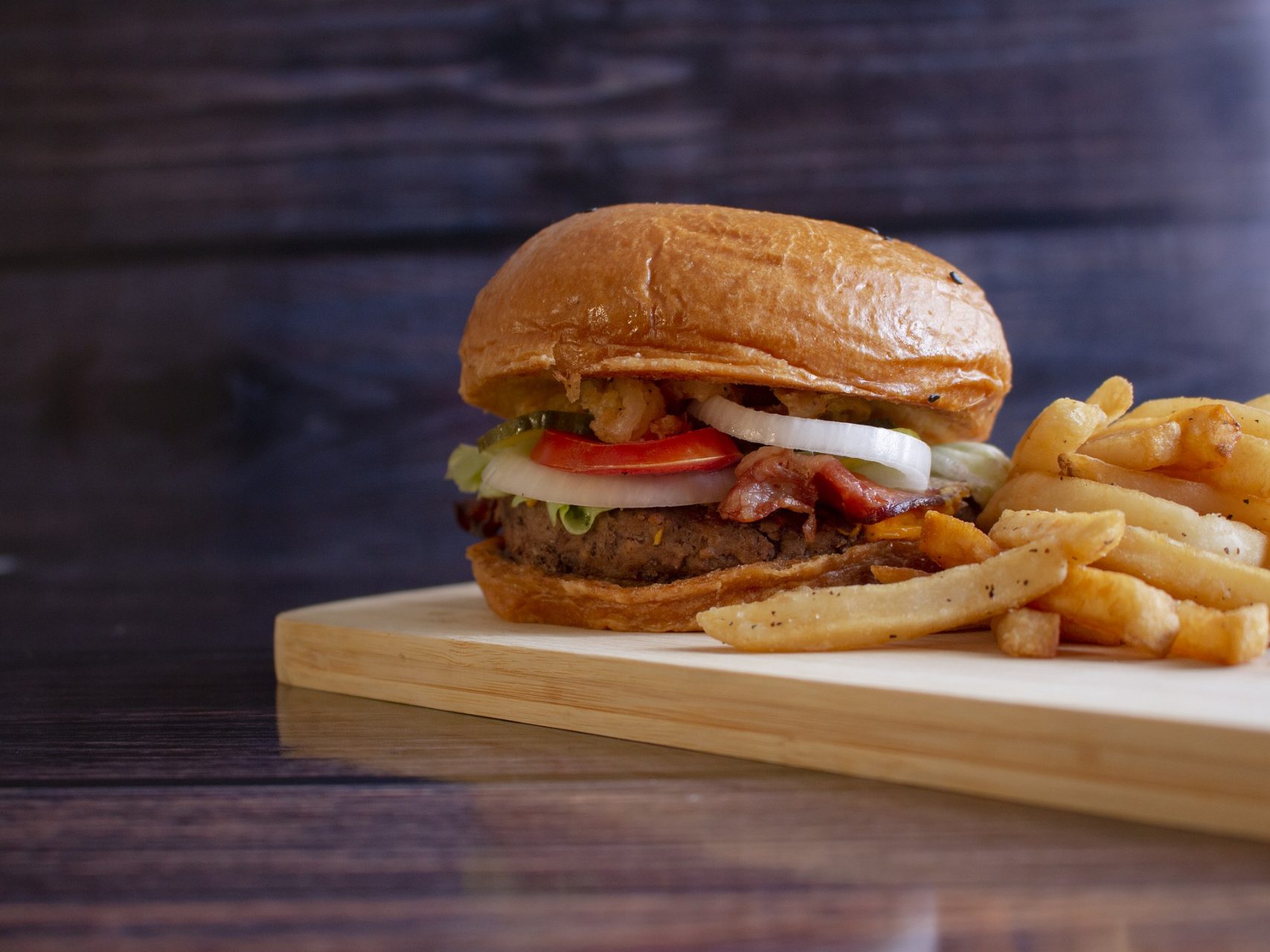
Hamburgers
Believe it or not, hamburgers are one of the most popular all-American platters for critics to base their reviews on. This is because burgers are one of the most basic recipes you can make, and because they’re often not treated as an important or worthwhile platter compared to steak.
Burgers are an affordable way to gauge how well a restaurant can cook meat to the right doneness. Simply put, if you can’t even cook a burger medium-rare, how can you be expected to cook a steak black and blue?
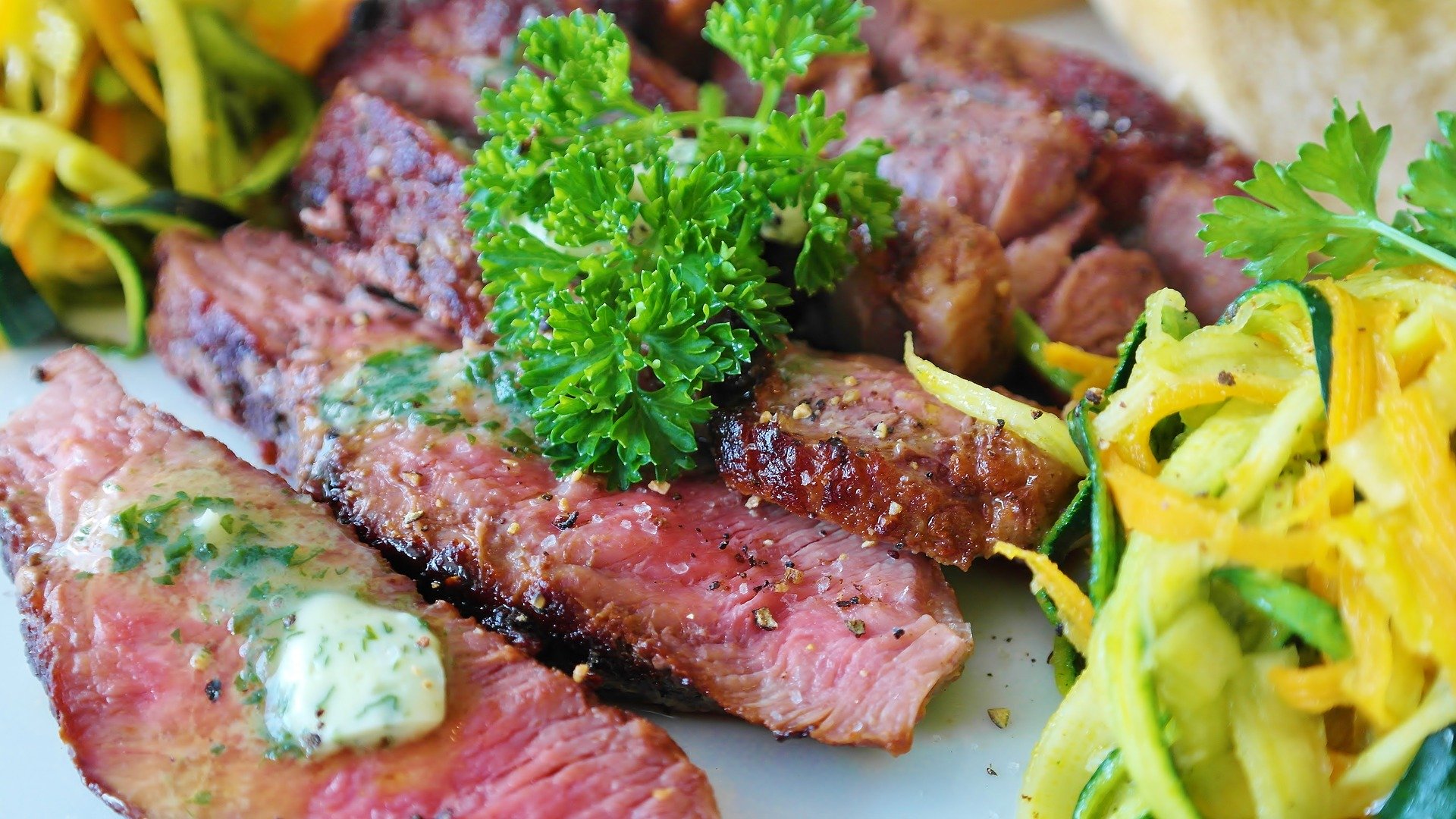
Steaks
If you’re at a more upscale restaurant, getting a steak is a must if you’re a critic. Along with being used to judge doneness, steaks are often used to examine a restaurant’s food source quality.
Steaks are where many chefs flex their sourcing abilities, and rightfully so. You can’t get a truly great steak dinner without starting off with world class, prime steak. Quality meat is the difference between an Applebee’s steak and a Ruth’s Chris steak.
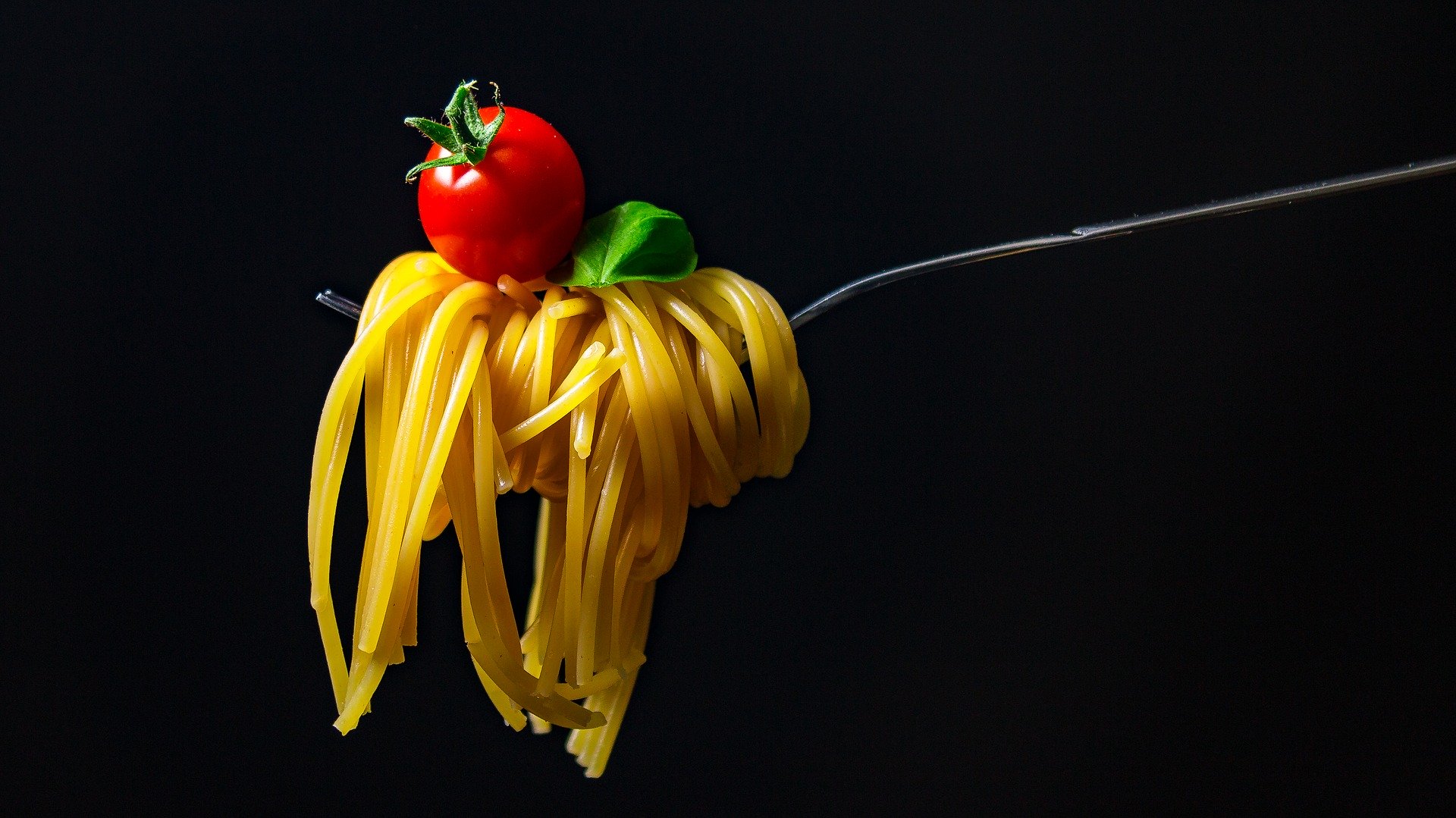
Pasta
This is another commonplace food that people often end up failing to make correctly. Good pasta is done al dente, and is typically paired with a rich, flavorful sauce. It sounds so easy to do in practice, but in reality, it can be hard to actually kick it off.
The problem with most restaurants’ pasta is manifold. Most restaurants overcook it to the point that it’s mush in sauce, knowing that many people won’t notice or care. If it’s not a matter of overcooking, it’s a matter of greasy sauce that often came from a jar. Needless to say, putting effort into pasta is rarer than you think.
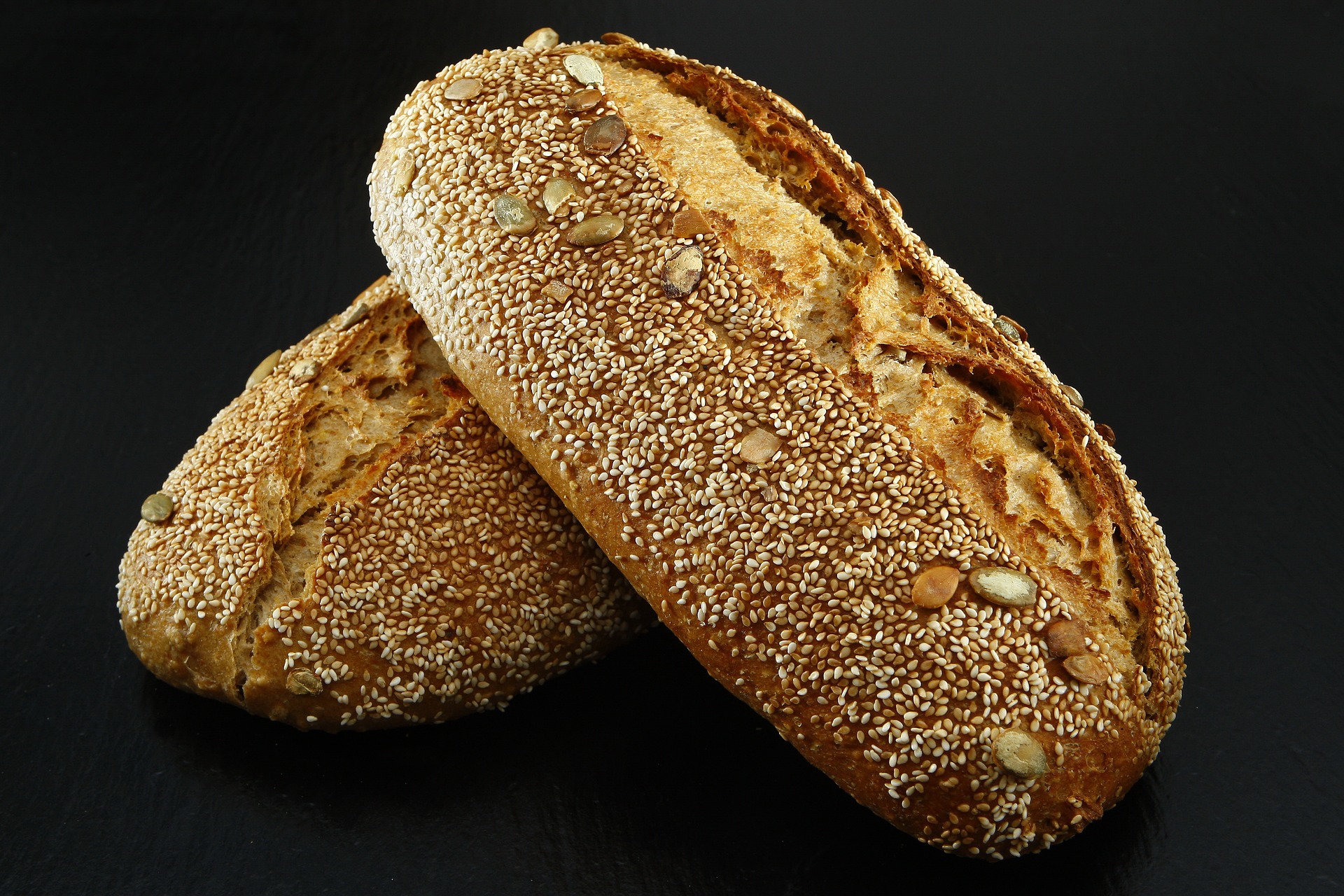
Bread
You know how most restaurants will bring out bread and butter (or olive oil) right before the meal? Food critics know this and make a point of dealing with it as a point of judgment. I usually assume that places that serve cold, stale bread won’t have good food. It’s a safe assumption to make.
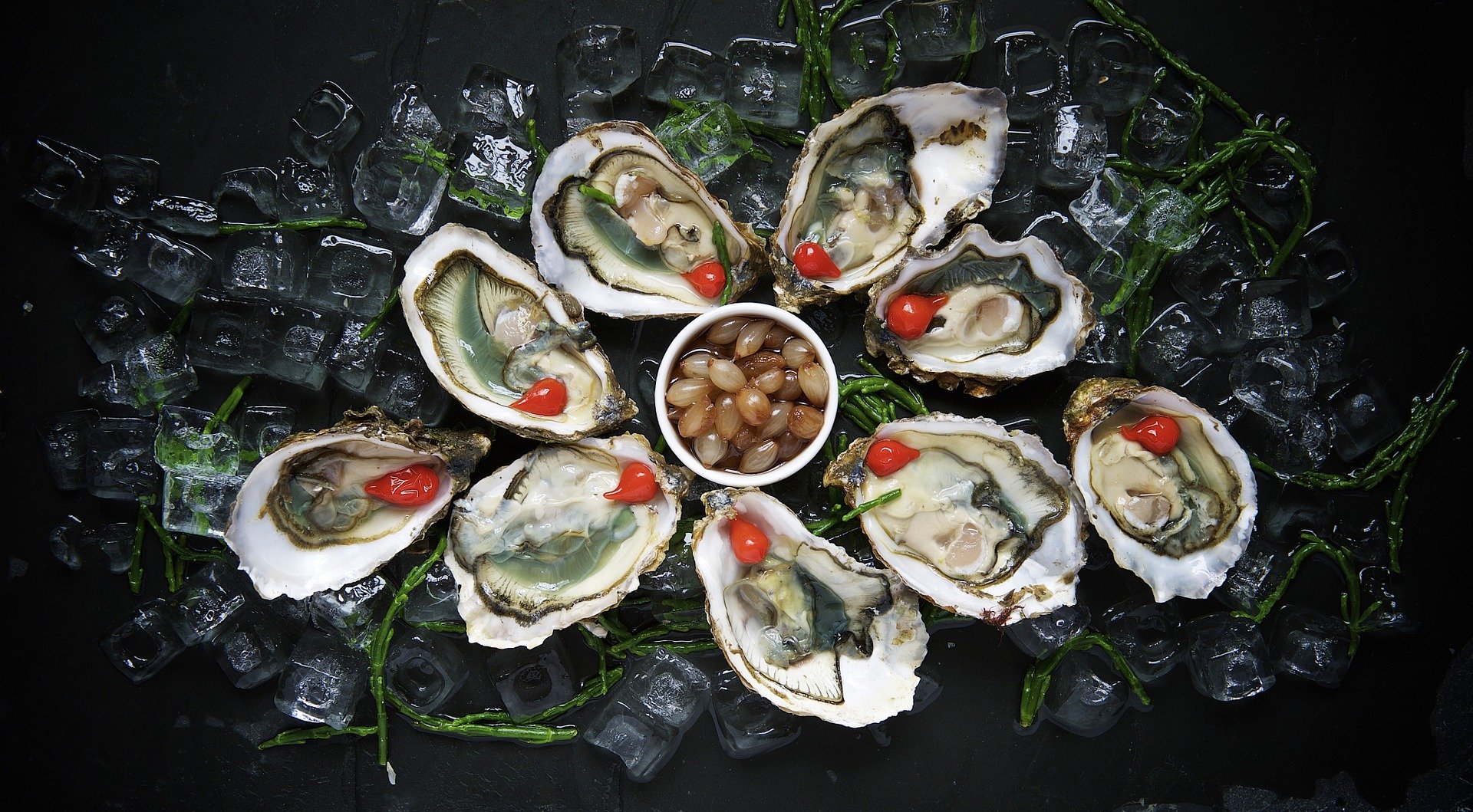
Raw Bar Seafood
If you see a restaurant that serves a raw bar, expect the critic to take a very close look at their seafood selection. This is another point where the quality of the food sources comes into play. Along with looking for signs of freshness and size, critics will ask restaurants about the source of the seafood.
A restaurant that can’t remember where their clams or oysters came from isn’t a place you want to dine at. The same can be said of a venue that serves scallops that have been in water, since it means they aren’t fresh.